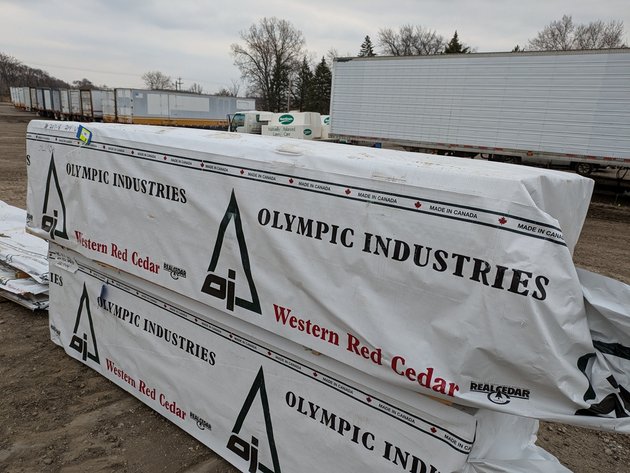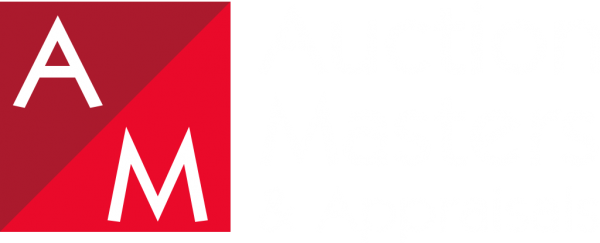Business Inventory | Part 2 – 3 Profit Making Actions For Reducing Inventory

In Part 1 of our series, we explored the 3 basic types of inventory that most businesses offering products and services typically encounter. We established that organizing and tracking equipment inventory is critical to running a successful supply chain operation.
If You Missed Part 1
We also began to look at why understanding the lifecycle and classification of inventory is so important. Once a team can quantify their materials at every step along their supply chain, they can begin to create processes to optimize how they handle and distribute that material.
In this article, we’ll look at 3 profit-making benefits of implementing systems to help streamline the production process. We’ve all seen this. Operational teams get caught up in the day-to-day grind of putting their heads down and getting the job done. In turn, they forget to stop and ensure they are functioning in a way that is efficient and productive.
Team leads, foremen, owners, and production managers could likely benefit from taking time out of the day to revisit how their systems for managing inventory are working. Are there bottlenecks in the process that slow down production? Do we notice piles or unused stacks of materials and goods in any part of our warehouse or business?
Having a solid plan of attack for handling your inventory through the journey from raw material to finished goods can yield amazing results. Creating systems and processes to streamline how that material makes it to market can put money into your coffers and establish order in your warehouse.
Action 1 – Identifying Obstacles Stops Waste
The first major action in reducing inventory really sets up the flywheel of success. Identify, Identify. Identify. The most successful organizations with supply chains understand the importance of identifying all of the obstacles they will encounter during the production process. Taking the time needed to understand the variables involved in a company’s supply chain is arguably the most valuable action that a team can take. Yes, it is tedious and takes time. Yes, there will likely be push-back from team members who believe in doing things the way they’ve always been done. But, when an organization takes the proper steps towards discovering the bottlenecks and inefficiencies in production, great results follow.
One helpful resource that anyone in supply chain work can benefit from reading is “The Toyota Way to Lean Leadership” by Jeffrey Liker and Gary L. Convis. The book shows just how important this first action of identifying obstacles really is when an organization wants to set its team up for success. It also unveils the extremely effective concept of ‘lean’ manufacturing.
Most everyone knows about Toyota as a brand. Some are aware of the Toyota manufacturing process. This book takes us behind the scenes of how Toyota implements a concept known as Kaizan which relies heavily on using exactly what is needed in terms of tools and manpower to complete a job. Liker and Convis do an exceptional job of walking the reader through the process Toyota uses to identify manufacturing obstacles. Then, they give readers a valuable insight on how Toyota creates systems to engage those obstacles and produce their products with virtually no waste at all.
Action 2 – Organization Yields Efficiency
The next action for reducing inventory and creating profits has to do with establishing organization. When a team has created an organized process for handling materials and goods, then efficiency rates increase and production excels. We gave an example in our first article of a company being forced to stop its supply chain because the factory ran out of shipping containers. Had the company been organized with a streamlined process for identifying when it needed to restock its shipping containers, then there would have been no delay.
In reality, we could substitute ‘shipping containers’ for any item required to complete the job of getting materials ready for distribution. If a team is forced to stop production because of a lack of organization during any part of the process, then money and time are being lost. This is also an indicator that other organizational problems will likely arise in the near future.
If a team encounters disorganization with identifying and keeping in stock the materials needed to complete a particular task, then it may be beneficial to take time and create a system that will stop this issue from arising again in the future.
The teammates we mentioned above who believe in doing things the old-fashioned way might argue that they don’t have enough time for such an activity, and that a ‘makeshift’ solution will suffice. This is similar to putting duct tape on the holes of a ship before leaving the dock. The ship may set sail, but it will soon be taking on water. The same problem will arise over and over again. The ship moves slower and slower while the crew stops during each incident to apply more duct tape. Until the ship finally sinks.
Allotting time for a team to meet and take ownership of the issue allows them to build huge future gains for production. Think of this as a compounding effect. It may only take a few moments to stop each time an organizational problem arises, but over time those moments add up to hours, days, and even months of lost labor hours and production.
By creating an organized process, you give your team the gift of efficiency. An efficient model will result in a more detailed approach for categorizing and quantifying materials, allowing the team to reduce the amount of excess inventory in the warehouse. This reduces waste and material. It also reduces wasted labor spend. Once your processes are organized and efficient, production speeds up, mistakes decrease, and profits rise.
Action 3 – Knowledge Equals Gains
It could be of great benefit for a company to create a solid system for handling materials throughout the production process. But, the newly developed processes won’t be worth much at all if team members aren’t aware of them. Beyond creating an efficient methodology, a company stands to make even greater gains when it communicates innovations in its production to all relevant employees.
Communicating an improved way for production lets workers know exactly what is expected and provides accountability. In Toyota’s model, communication is at the core of every process created and every action taken. As an example, any employee has the authority to ‘stop the line’ during the manufacturing process if the person notices an error or is unsure about what action to take.
The employee is then assisted and educated, on the spot, by as many managers as necessary so that knowledge of the action is reached and repeatable. Likewise, the lowest ranking employees at Toyota are encouraged to speak up and present ideas when they see an area of production they feel can be improved.
When employees are empowered by knowledge, they inherently work with more fervor and motivation. They make fewer mistakes. They take ownership of their actions. They begin to devote themselves to self-development. They are able to coach and develop others. They set daily goals for themselves and their teams. And they align themselves with the visions and greater goals of the company.
If you need to reduce inventory and free up space, Auction Masters has you covered with inventory reduction solutions for nearly any situation. We bring long-standing experience for reducing inventory to the table, providing our clientele with higher satisfaction. Our team of experts have successfully reduced inventory for thousands of businesses over the years.
There is no way to replace experience. We have served hundreds of different businesses over a wide array of industries. Contact us today with your questions about reducing inventory and experience the Auction Masters difference













